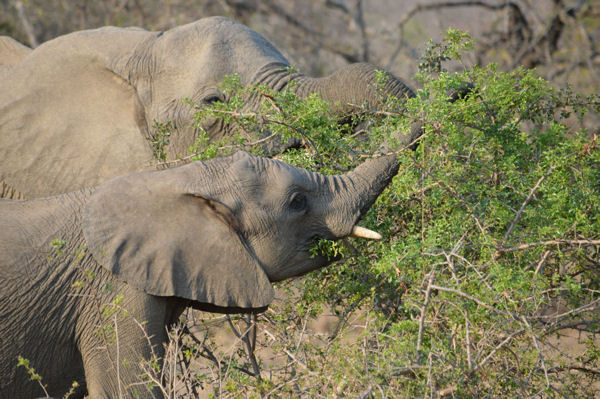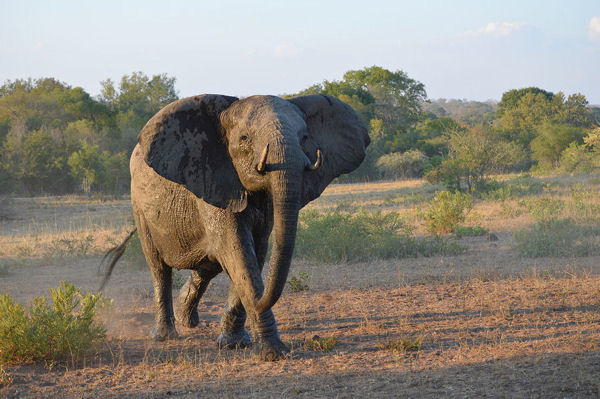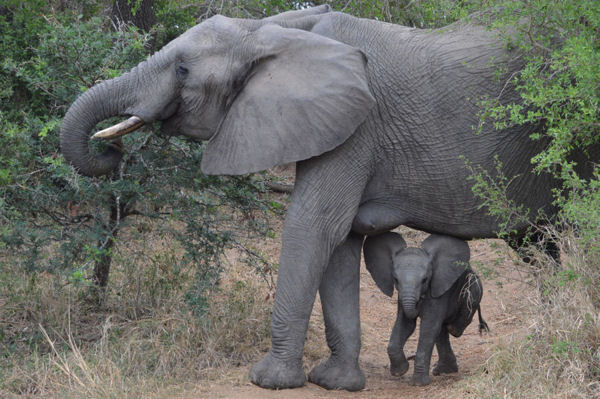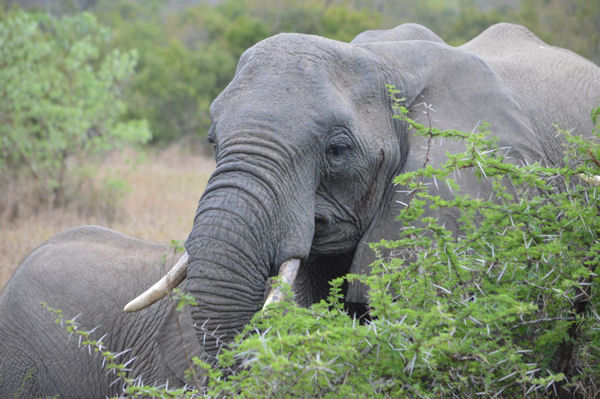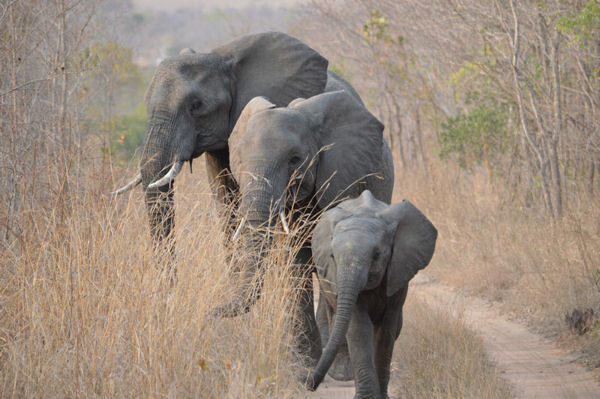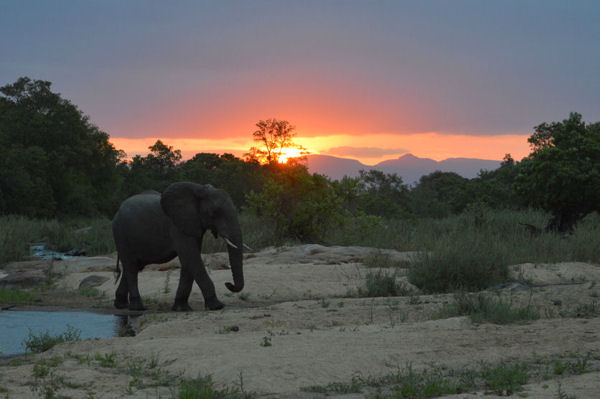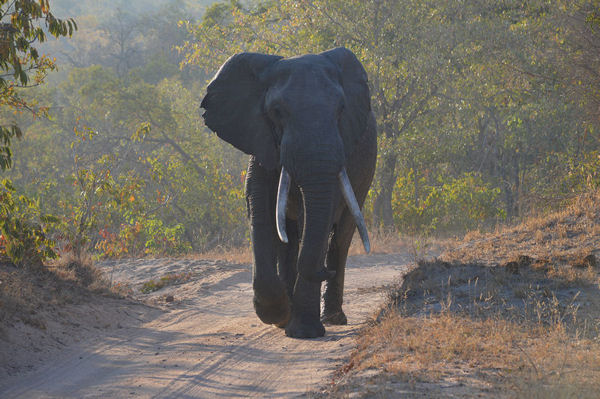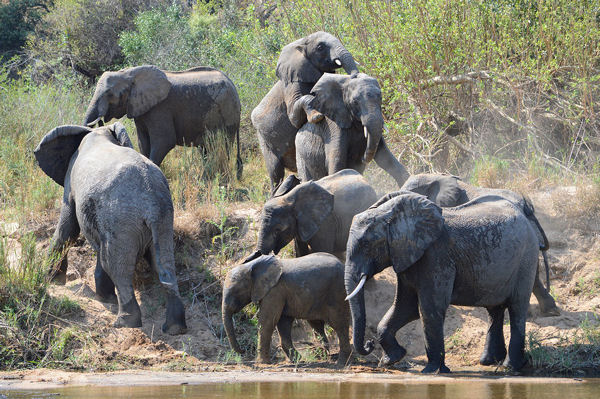IUCN Category:

ENDANGERED
A2bd
Species Name (Common):
African Savanna Elephant
Species Name (Scientific):
Loxodonta africana
Habitat Type:
Forest, Savanna, Shrubland, Grassland, Wetlands (inland), Desert
Geographic Range:
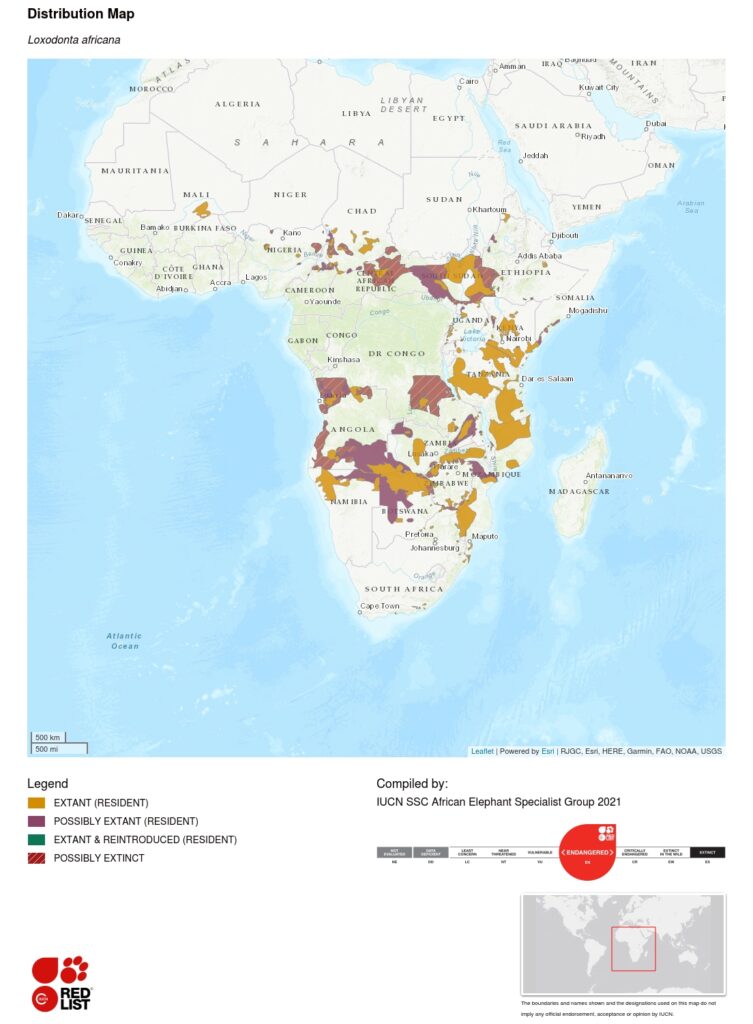
Range:
African Savanna Elephants are found in 23 countries, primarily in sub-Saharan Africa. They require large areas to accommodate their need for food and water.
Estimated population of mature individuals:
unknown
Population Trend:
Decreasing
Primary Threats:
Humans – habitat loss, fragmentation, and degradation resulting in smaller and smaller areas to roam (logging, mining, farming, development). Illegal killing, for their ivory and other products or in retaliation for human-elephant conflicts. Capture and abduction of baby elephants. Irresponsible abuse through exploitation as beast-of-burden, and through irresponsible tourism. Loss of genetic viability resulting from small population size and isolation.
Conservation Efforts:
Various international and local organizations are working to protect elephant populations through anti-poaching efforts, habitat conservation, and legal protections against the ivory trade.
The African Savanna Elephant, also known as the African Bush Elephant, is the largest land animal on Earth.

soon …
Importance in Ecosystems
Ecosystem Engineers:
Elephants play a crucial role in their ecosystems. They help shape the environment by uprooting trees and creating water holes, which benefits other wildlife species.
The African savanna elephant is not only an iconic species but also a keystone species essential to maintaining the biodiversity and health of their habitat.
Here are some key characteristics:
Physical Description
Size and Weight:
The African Savanna Elephant in the largest of the three species of elephant.
Adult males typically stand 10-13 feet (3-4 meters) tall at the shoulder and can weigh between 10,000 to 14,000 pounds (4,500 to 6,400 kilograms).
Adult females are smaller, standing 8-10 feet (2.4-3 meters) tall and weighing between 5,000 to 7,000 pounds (2,300 to 3,200 kilograms).
Body:
They have a large, sturdy body covered with thick, greyish skin. They have an easily identifiable head shape which is a fuller, rounded, single dome head shape. Their ears, often said to be shaped like the African continent, are large and fan-shaped, which they use to regulate body temperature.
Trunk:
The elephant’s trunk is a versatile and powerful elongated nose and upper lip. It has more than 40,000 muscles and is used for breathing, smelling, touching, grasping, and producing sound. The tip of the trunk of the African elephant has two finger-like projections, while the Asian elephant’s trunk tip has only one.
Tusks:
Both male and female African savanna elephants have tusks, which are elongated incisor teeth. Tusks can grow throughout an elephant’s life and are used for digging, stripping bark from trees, and as a weapon.
Nails:
On their feet they have 4 nails on their front feet, and 3 on their back feet.
Behaviour and Social Structure
Social Structure:
Elephants are highly social animals and live in matriarchal family groups. These groups are led by the oldest female, known as the matriarch, and consist of her offspring and other related females. Males leave the family group when they reach adolescence and may live solitary lives or form loose associations with other males.
Communication:
Elephants communicate through a variety of vocalizations, including trumpets, rumbles, and roars. They also use body language and seismic signals (vibrations sensed through the ground) to communicate.
Diet:
African savanna elephants are herbivores and have a diet that includes grasses, leaves, bark, fruit, and shrubs. They can consume up to 300 pounds (136 kilograms) of vegetation in a single day.
Lifespan
In the wild, African savanna elephants can live up to 60-70 years, though this can be shortened by factors like poaching and habitat loss.
Other Endangered species that need your help …

